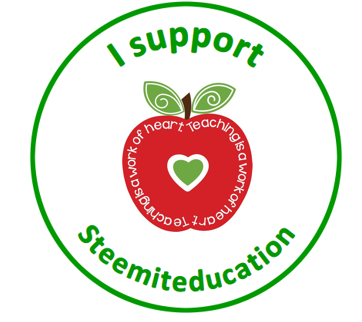We learn more about the features of Earth - Part 15 Glaciers - Information and questions for kids
Today we will be learning about glaciers? But what are glaciers? Are they just sheets of ice or do they move? Are they dangerous?
Lets watch the video, listen carefully and answer the questions.
- When will layers of ice form?
- What is a glacier?
- How much water is locked up in glaciers?
- How do glaciers form?
- Where do you find the world's biggest glacier and how big is it?
- How much of the Earth is covered with glaciers?
- What happened during the 'Ice Age'?
- When will glaciers grow?
- When will it start moving?
- What does it tell us when glaciers move and what can scientists learn from studying glaciers?
A névé is the name for an area where a glacier has formed. This is usually in bowl-shaped areas between mountains where snow collects readily and compresses and compacts due to the weight of more snow falling on top.
The scientists study glaciers to learn more about the origin and how old it is and this is called 'glaciology'. Since the glaciers are very sensitive to climate change, this will also give the scientists and indication on global warming. If all the ice on Earth melted, it would have a huge impact on the sea level.
- What percentage of the water on Earth is fresh water?
- How much fresh water is locked in glaciers?
- Why is a lot of ice melting?
- Why is this melting ice bad for the animals?
- What will happen in countries that are on the sea coast?
You will find glaciers in every mountain range on Earth, except in Australia. You can read extra information on glaciers here.
If glaciers move, they bring about changes. If it moves down a V-shaped valley, it will make it more U-shaped. The glacier will re-shape the area underneath by taking away part of it and moving sediments to different areas. The more debris and sediment it takes with it, the more it will change the area, since it is 'polishing' and scraping the area underneath.
As glaciers move they erode the terrain under them using two main processes. Plucking, whereby bedrock rock is softened and levered out by subglacial water constantly re-freezing (expanding) within it, the sediment then becomes part of the glacier's cargo. Abrasion occurs when the ice and now rock too slides over the bedrock essentially smoothing and polishing it like sandpaper on wood.


If you would like to support the educational community by delegating to @steemiteducation, please click on any of the following links. This will ensure that more teachers are supported on a daily basis.
100SP 200SP 300SP 400SP 500SP 750SP 1000SP 2000SP 3000SP 4000SP 5000SP 10,000SP 25,000SP